Here a Policy, There a Policy, Everywhere a Policy: The Policy Maze and Its Impact on Early Childhood Mental Health
For the past eighteen months, I’ve been investigating the issue of familial substance use disorder (SUD)and its impact on very young children. I have looked at the issue from a variety of perspectives, including protective factors such as resilience; risk factors, including the co-existence with other ACES (Adverse Childhood Experiences); stigma; programs that address trauma and strategies which nurture executive function skills; and research on the ways that families impacted by the disease function. One of the things that has continued to amaze me is how little focus is given to these children in early childhood settings, and the lack of training about SUD offered to teachers.
Over the next few months, I’m going to be taking a closer look at how policies might impact this challenge to our society. Specifically, I want to examine the policies related to early childhood mental health in my home state of Pennsylvania: what are the policies, who made them, and how are they implemented on the state, region, county and child care center/school levels? What is the relationship of these policies to similar policies on the national and even international level?
I am also very curious about the role that communication plays in the dissemination and implementation of these policies. Although I am active in the field and attend many meetings and conferences, I have to admit that I was unaware of the existence of this early childhood mental health system in my state until very recently. Why is this, and how could this affect the impact of these policies on the lives of children?
I would like to better understand how policies made by different agencies can interact, or not, when brought to bear on the challenge of young children’s mental health. For example: how does the early childhood mental health research on the importance of social and emotional development, and resultant policies, relate to the new Early Learning Standards, drawn from the more academic Common Core? What happens when two policy sets collide?
And finally, I am very interested in taking a deep look at the policies which determine what content related to early childhood mental health and familial substance use disorder are required in teacher education programs in my state. I have examined approved course syllabi and programs of study at both two year and four year institutions of higher education. However, I have not gotten into the nitty gritty of what the law actually says, specifically. Nor am I familiar with advocacy efforts at the state level to address potential gaps in the educational programs of our preservice teachers.
It may be that I will not have the time to explore all of these issues within the confines of my current class. However, I can already tell that my inner Policy Wonk has been called to life, and I look forward to learning as much as I can!
